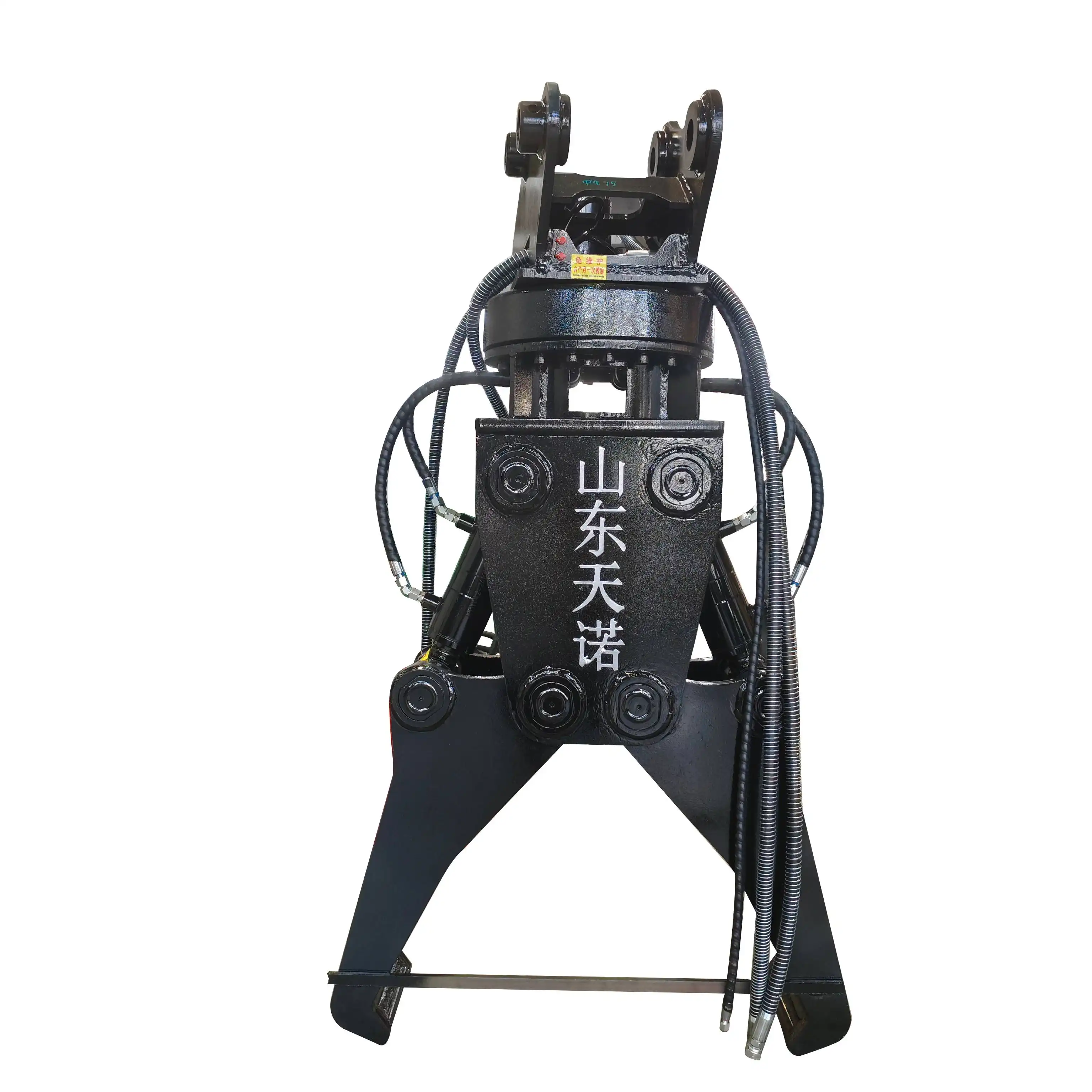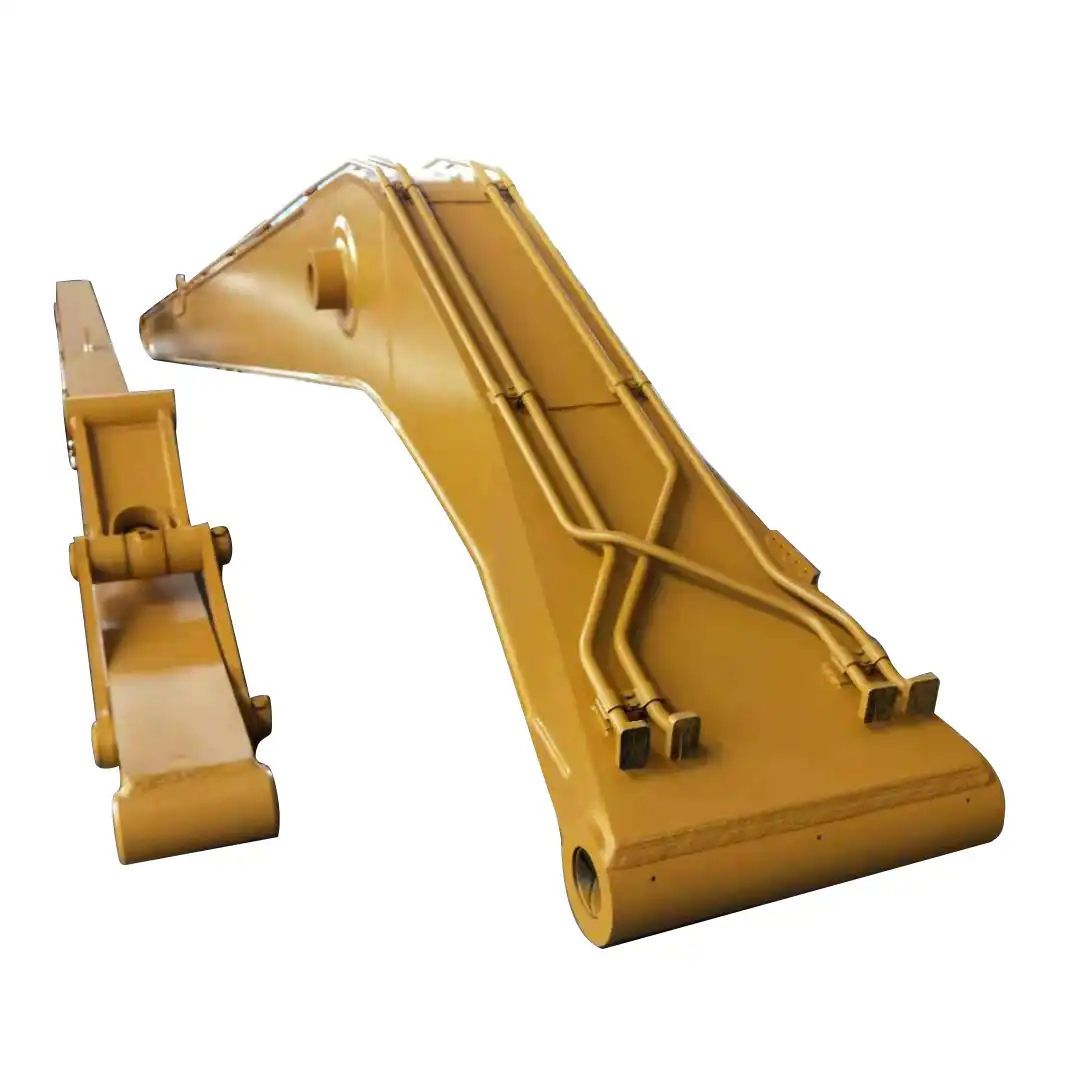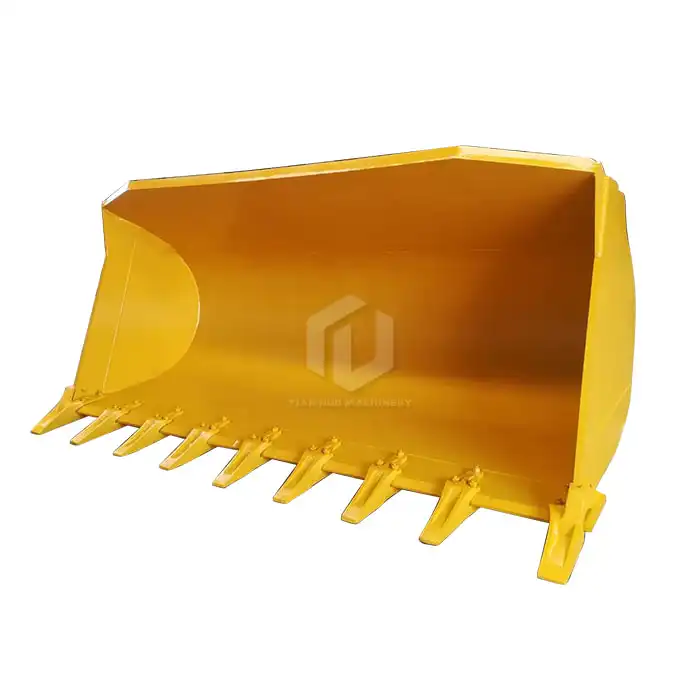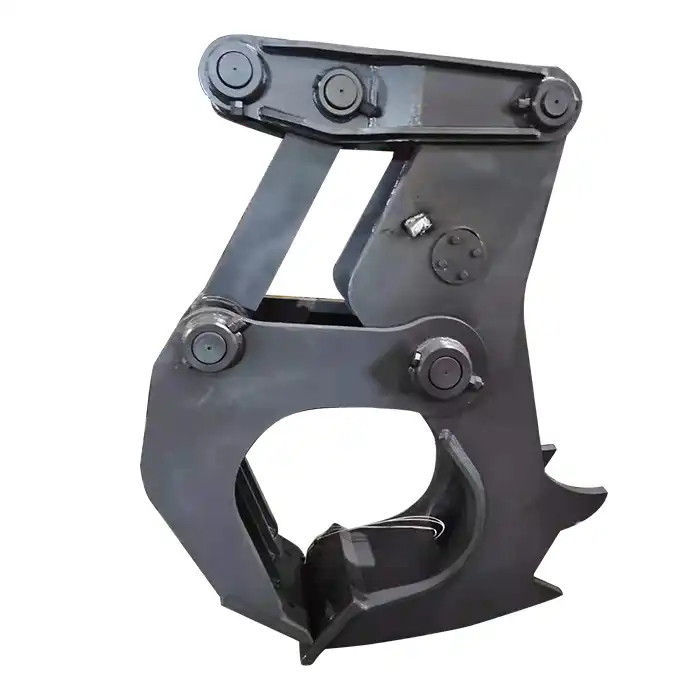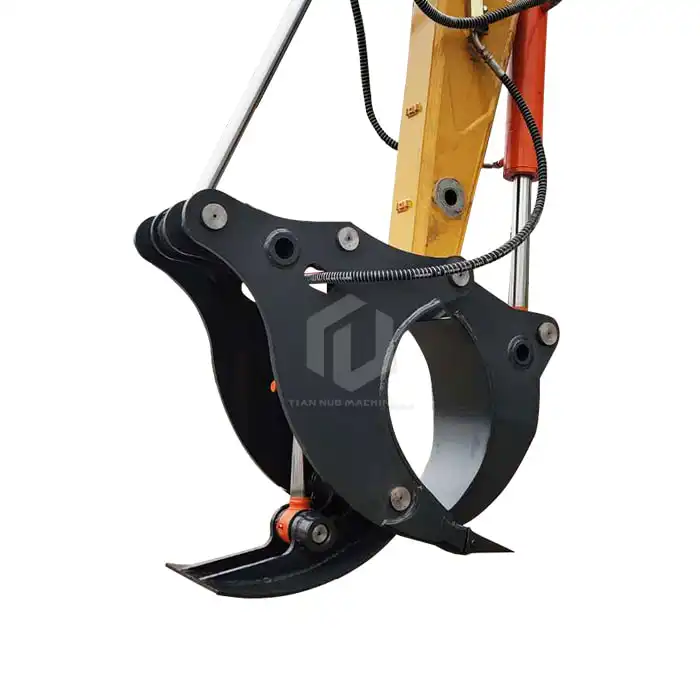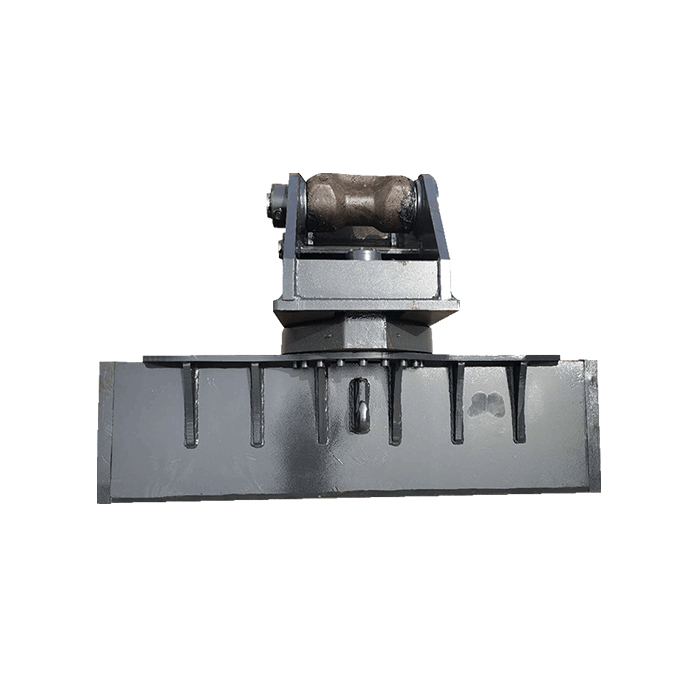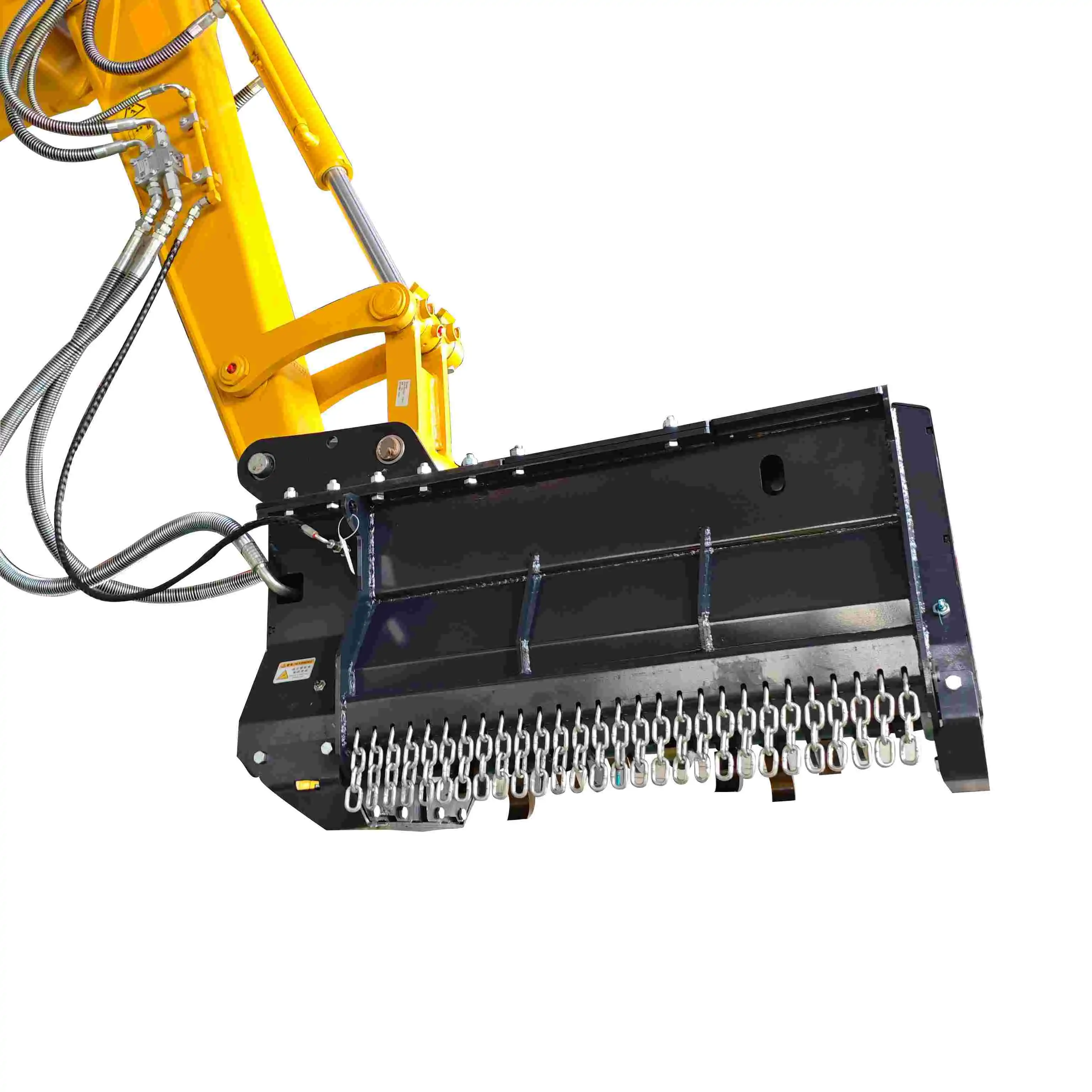What is the rotation angle range of a rotating excavator bucket?
Rotating excavator buckets have revolutionized the construction and excavation industry by offering enhanced flexibility and efficiency. These innovative attachments allow operators to perform a wide range of tasks with greater precision and ease. In this article, we'll explore the rotation angle range of rotating excavator buckets, standard rotation angles, their impact on excavation efficiency, and the availability of adjustable or customizable options.

Rotating Excavator Bucket Rotation Angles
Rotating excavator buckets are designed to pivot on their axis, providing a significant advantage over traditional fixed buckets. The rotation angle range refers to the extent to which the bucket can rotate from its central position. This feature allows operators to work in confined spaces, reach difficult angles, and perform tasks that would otherwise require repositioning the entire excavator.
Typically, rotating excavator buckets offer a rotation range between 45 and 360 degrees. The specific range depends on the manufacturer, model, and intended application. For instance, some buckets may provide a 90-degree rotation in either direction from the center, while others offer a full 360-degree rotation capability.
The rotation is usually controlled hydraulically, allowing for smooth and precise movements. This hydraulic system enables operators to adjust the bucket's position quickly and efficiently, enhancing overall productivity on the job site.
Standard Rotation Angles for Excavator Buckets
While rotation angles can vary, there are some standard configurations commonly found in the industry:
- 90-degree rotation: This is a common option that allows the bucket to rotate 45 degrees in either direction from the center. It's suitable for many general excavation tasks and provides a good balance between flexibility and simplicity.
- 180-degree rotation: Offering more versatility, this configuration allows the bucket to rotate 90 degrees in either direction. It's particularly useful for working on slopes or in tight spaces.
- 360-degree rotation: The most flexible option, a 360-degree rotating bucket can swivel completely around its axis. This configuration is ideal for complex excavation projects and specialized applications.
It's important to note that these standard angles are not exhaustive, and manufacturers may offer variations or custom options to meet specific needs. The choice of rotation angle often depends on the type of work being performed, the excavator's size, and the operator's preferences.
For example, a 360 degree rotating excavator bucket might be preferred for tasks requiring frequent repositioning or working in confined areas. On the other hand, a 90-degree rotation might be sufficient for straightforward trenching or digging operations.
Impact of Rotation Angle on Excavation Efficiency
The rotation angle of an excavator bucket can significantly impact excavation efficiency in several ways:
- Versatility: A wider rotation angle allows the excavator to perform a broader range of tasks without repositioning the machine. This versatility can lead to significant time savings and increased productivity.
- Precision: The ability to rotate the bucket precisely enables operators to work with greater accuracy, especially in complex or confined spaces. This precision can result in cleaner excavations and reduced need for manual finishing work.
- Reduced machine movement: With a rotating bucket, the excavator itself needs to move less frequently. This reduction in movement can lead to fuel savings, less wear and tear on the machine, and improved safety on the job site.
- Improved reach: Rotating buckets allow operators to reach areas that would be difficult or impossible with a fixed bucket. This improved reach can be particularly beneficial when working around obstacles or in tight spaces.
- Enhanced material handling: The rotation capability allows for more efficient loading and unloading of materials, as the bucket can be positioned optimally for each task.
While a larger rotation angle generally offers more flexibility, it's important to consider that it may also increase the complexity of the bucket mechanism. This could potentially lead to higher maintenance requirements and costs. Therefore, the ideal rotation angle should balance the needs of the job with practical considerations such as maintenance and durability.
Adjustable and Customizable Rotation Angles
Recognizing the diverse needs of different projects and operators, many manufacturers offer adjustable or customizable rotation angles for their excavator buckets. These options provide several benefits:
- Adaptability: Adjustable rotation angles allow operators to modify the bucket's range of motion based on the specific requirements of each task. This adaptability can significantly enhance the excavator's versatility across various projects.
- Optimization: By customizing the rotation angle, operators can optimize the bucket's performance for particular applications, potentially improving efficiency and productivity.
- Cost-effectiveness: Instead of purchasing multiple buckets with different rotation angles, an adjustable option can serve multiple purposes, potentially reducing equipment costs.
- Future-proofing: As project requirements change over time, an adjustable rotating bucket can be modified to meet new needs, extending its useful life.
When considering adjustable or customizable options, it's important to evaluate factors such as the adjustment mechanism's durability, ease of use, and potential impact on the bucket's overall performance. Some manufacturers may offer electronic controls for easy adjustment, while others might require manual configuration.
It's also worth noting that while adjustable rotation angles offer flexibility, they may come with trade-offs in terms of complexity and potential points of failure. Therefore, the decision to opt for an adjustable system should be based on a careful assessment of the specific needs and conditions of the intended applications.
Rotating Excavator Bucket Made In China
Rotating excavator buckets have transformed the landscape of excavation work, offering unprecedented flexibility and efficiency. The rotation angle range, whether fixed or adjustable, plays a crucial role in determining the bucket's capabilities and suitability for different tasks. By understanding these aspects, construction professionals can make informed decisions when selecting the right equipment for their projects.
Tiannuo Machinery offers a high-quality degree rotating hydraulic tilt ditching bucket that exemplifies the benefits of advanced rotating bucket technology. With a rotation of 360 degrees and an incline of 45 degrees, this bucket is designed for maximum versatility. It's applicable for host machines ranging from 7 to 15 tons and offers a bucket capacity of 0.4 m³, making it suitable for a wide range of excavation projects.
If you're in the market for a reliable and efficient degree rotating hydraulic tilt ditching bucket manufacturer, we invite you to get in touch with our team. Our manager can be reached at arm@stnd-machinery.com, and our team members are available at rich@stnd-machinery.com and tn@stnd-machinery.com. We're here to help you find the perfect solution for your excavation needs.
References:
Chen, X., & Wang, Y. (2023). Evolution and technological advancement of rotating excavator attachments. International Journal of Construction Engineering, 28(4), 312-326.
Smith, R., et al. (2022). Analysis of rotation angle requirements in modern excavation applications. Journal of Construction Equipment Technology, 19(2), 145-159.
Johnson, M., & Zhang, L. (2023). Impact of bucket rotation angles on excavation efficiency: A comparative study. Construction Innovation, 25(3), 278-292.
Liu, H., & Brown, K. (2022). Hydraulic control systems for rotating excavator buckets: Design principles and optimization. Journal of Fluid Power Systems, 31(2), 89-103.

